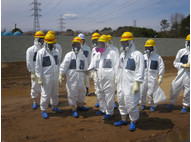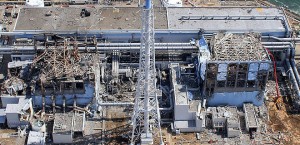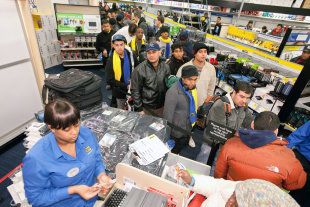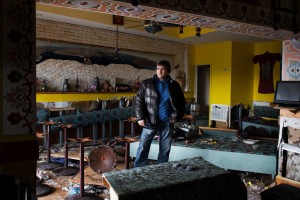Ever since I discovered Lululemon my first year out of high school, I have been obsessed with their athletic wear. Because the clothing is way out of my price range, I will admit I only have a few items from the brand. However, the items I do own, I absolutely love. Maybe the Lululemon fit, style, and quality has stolen the hearts of all is customers (as it has mine) and that is why they have such a profitable business. However, I think much of the success is credited to their very strategic business model.
There are three distinct practices that I believe really sets Lululemon apart from its competitors. The first is empowerment. Lululemon stores are not meant to be simply a carbon copy of the some model store. Each manager of the individual Lululemon locations operates their store as if it were their own small business. The individual stores are not micromanaged by corporate. Instead, the Lululemon is highly decentralized.
Furthermore, managers provide monthly feedback to the design departments. These correspondences between the individual store operators and the design team ensure that ideas and preferences of the managers have an opportunity to influence the next generation of products.
This brings me to my next point: the community-focused approach of Lululemon. Each Lululemon store is expected to not just merely exist in its surrounding but to integrate itself into the community. One way our local Lincoln Park location does this is by offering free yoga classes to on Saturday mornings. Hospitable services, such as the free yoga sessions, build brand loyalty while also facilitating a great service to their community.
The third distinct practice of Lululemon makes them so successful is keeping their inventory extremely scarce. Did you know that Lululemon is able to sell ninety-five percent of their inventory at full price? How many other retail stores do you know that can say that?
Lululemon never has a huge amount of inventory on site because the main distributor does not over produce their products. But how do they know what is the ideal inventory? Well, the customers tell them. That’s right, some old fashion listening is the secret behind finding the ideal amount of inventory to have in store. The location of the folding tables is thoughtfully places neat the fitting rooms so employees are able to listen in on what their shoppers like and don’t like about the product. If several people are complaining about an awkward fit of a particular shirt, the employees are trained to notify their manager would can avoid ordering any more of that item. The company also is able to learn from their mistakes and therefore, if all goes as planned, avoid making such mistakes again.
http://online.wsj.com/article/SB10001424052702303812904577295882632723066.html
http://www.bcbusiness.ca/your-business/lululemon-athletica












